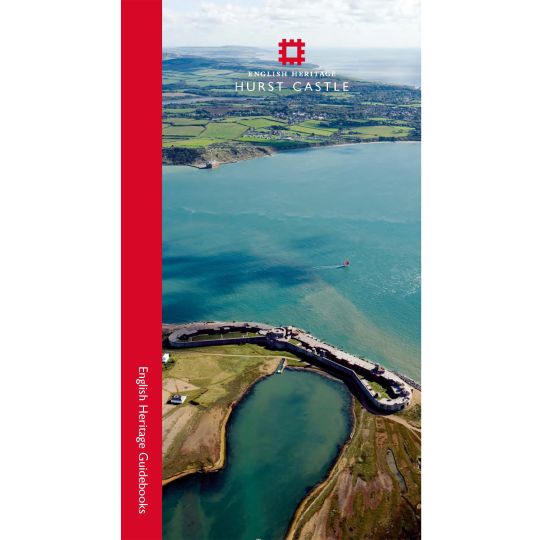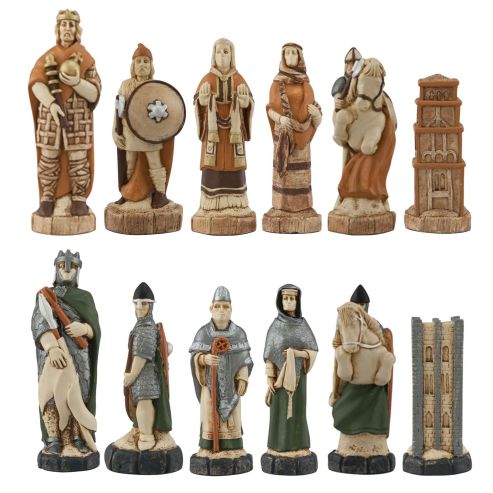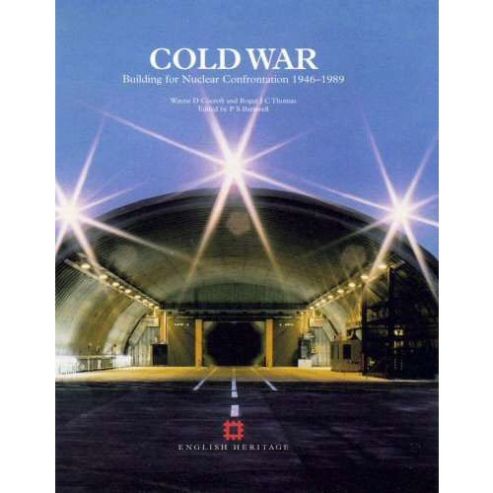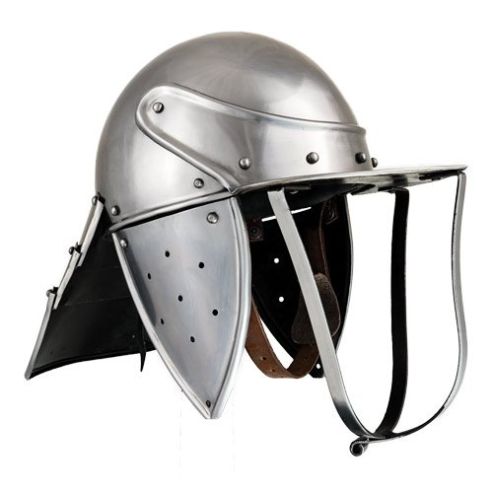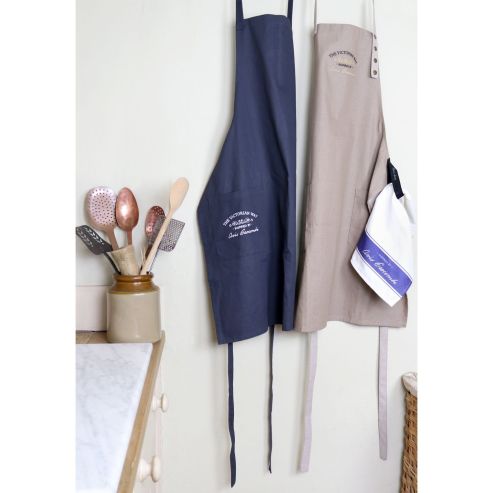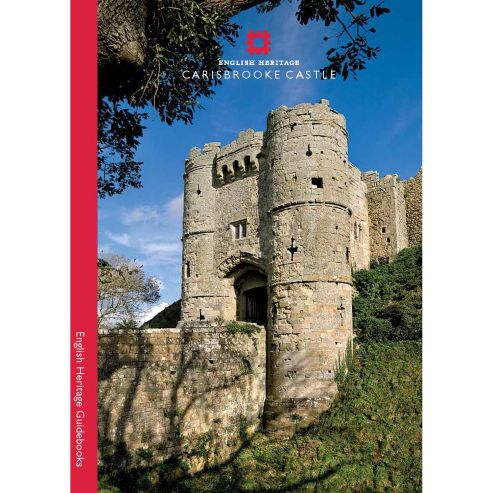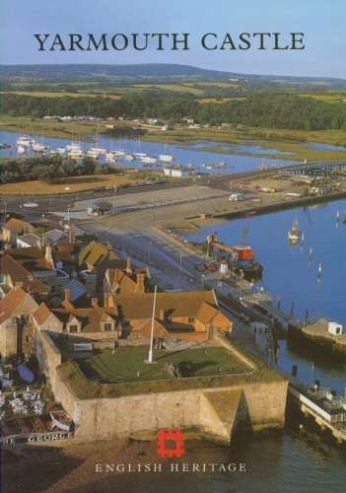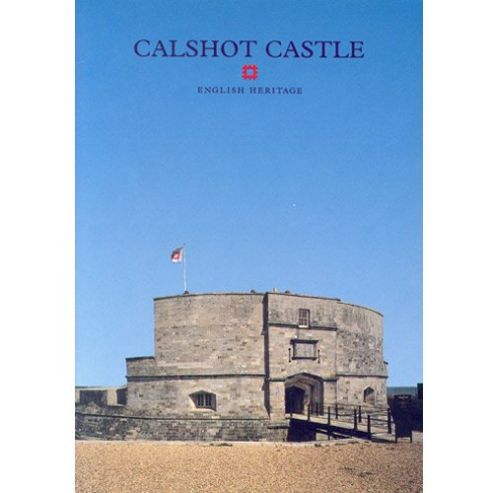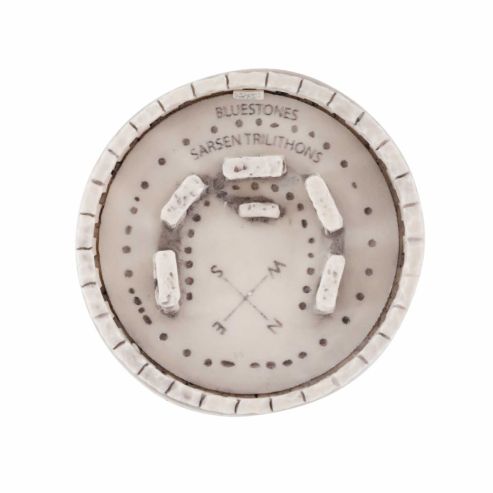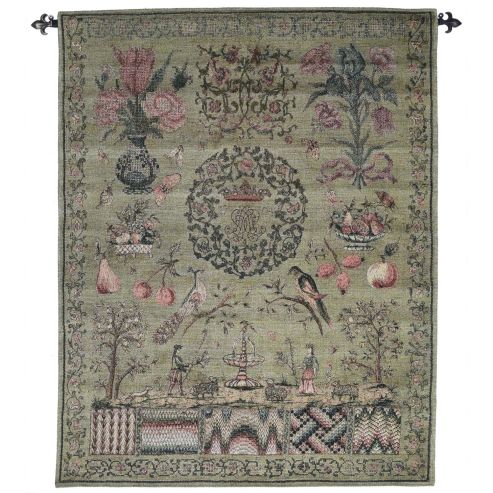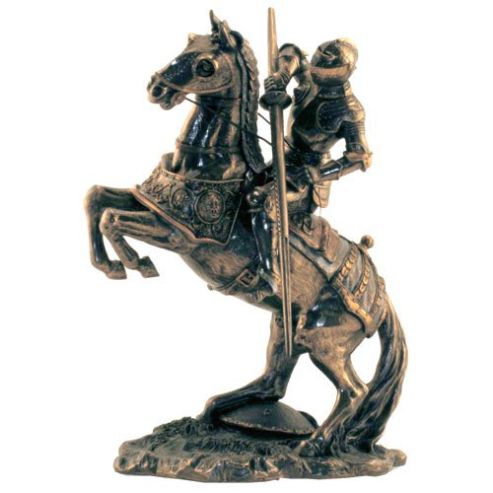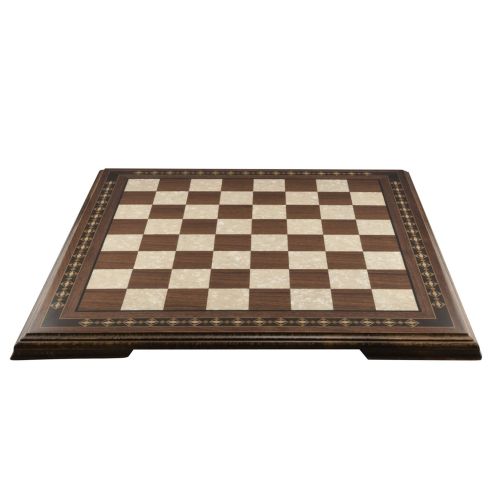Hurst Castle was built between 1541 and 1544 by Henry VIII as one of a chain of artillery defences protecting key ports and landing places round southern England from Continental attack. It was sited to guard the Needles Passage, the narrow western entrance to the Solent and gateway to the trading port of Southampton and the new naval base at Portsmouth.
The strategic location of Hurst saw it develop into a powerful fortress. On occasion it was also used as a prison, most famously when Charles I was briefly held captive here during the Civil War. During the Napoleonic Wars at the start of the 19th century Hurst's keep was strengthened. It was altered again, most conspicuously, in the 1860s, when the great wing batteries were added as part of a huge programme of new defences around Portsmouth and Spithead that turned this part of the coast into one of the most heavily fortified areas in the world. In the First and Second World Wars the castle was fully garrisoned, its searchlights and guns guarding the western entrance to the Solent against attack from the sea and the air. It retained a limited military role until the abolition of the Coastal Artillery arm of the Army in 1956.
Key Features:
- 40 pages
- Paperback
- Published in 2013
| MPN | 9781848022423 |
|---|---|
| ISBN | 9781848022423 |
| Author | Jonathan Coad |
| GTIN | 9781848022423 |
| Size | Approx. 160 mm (w) x 285 mm (h) |
| Return period | 30 days |

